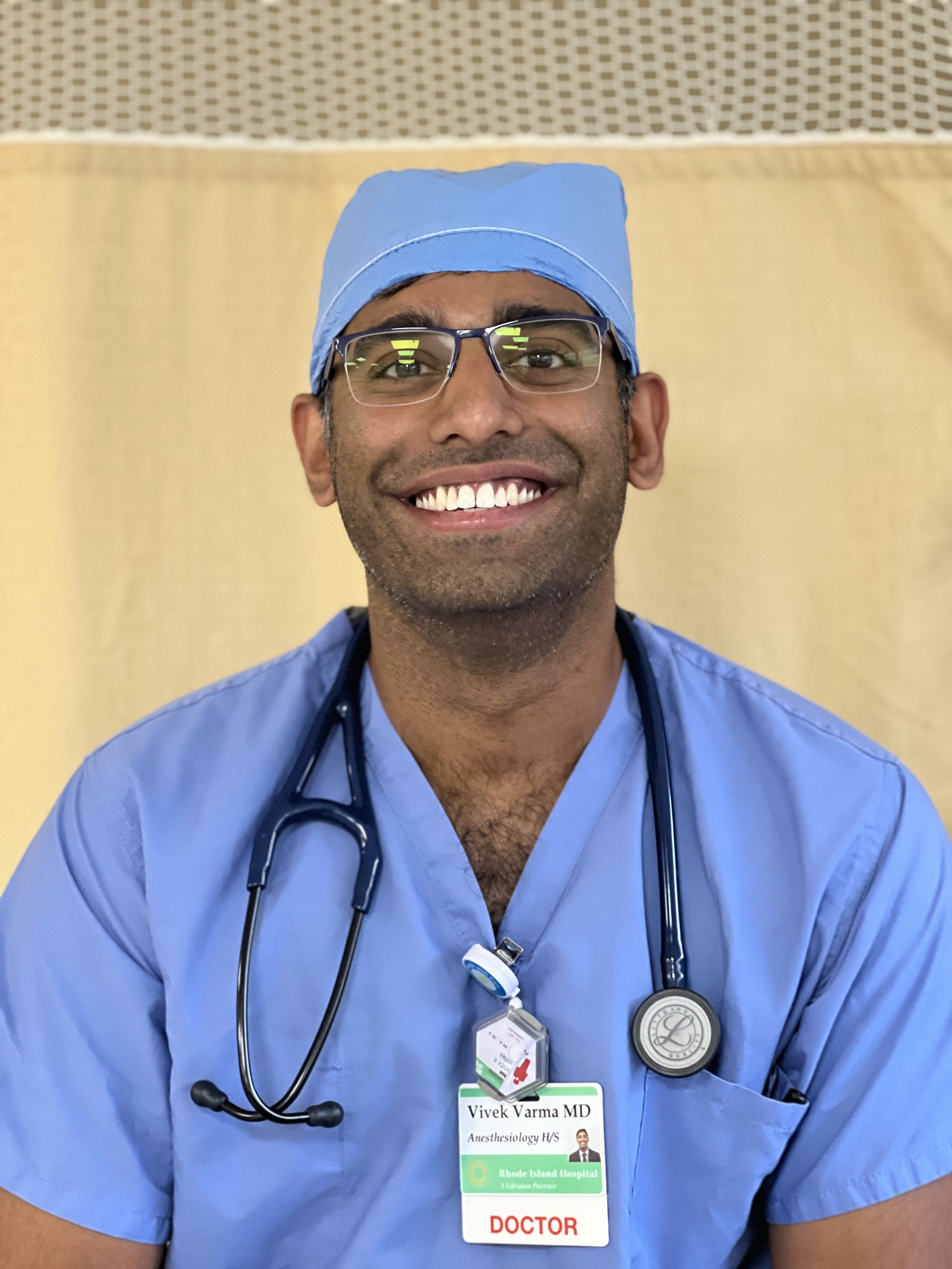Vivek Varma, MD
Clinical Anesthesia Year 1
Rhode Island Hospital/Brown University
Vivek is finishing his first year in anesthesia residency this month. He transferred residencies from Otolaryngology (ENT) in Philadelphia to Anesthesiology in Providence. His training in airway anatomy and management has help him excel in the field of anesthesia. In this post, he reflects on the stress, anxiety, and hope of relief when dealing with an airway emergency.
I still remember rounding with my team before I got the airway page. A possible angioedema patient with rapidly progressing facial swelling and voice changes. It was my second day as the consult chief resident but I knew this was the real deal. I had the intern grab the trach tray, internally praying that I wouldn’t have to use it. We all ran down to the ED to see the patient tremulous and stridorous. Anesthesia was ready at the bedside with all their meds. The ventilator was prepped and standing by. We numbed him up with some lidocaine. Each second that passed I continued to run through the steps of my fiberoptic intubation, hoping that my preparation would serve me well. There was a whole crowd in the room and separate group watching outside. After scoping through his mouth, I could barely see the airway. His saturations were dropping quickly. I somehow managed to navigate the scope through a pinhole opening around his swollen vocal cords. I don’t think I took a breath the entire time until the tube was secured and he was asleep and on the ventilator. Sometimes the margins that separate success and failure are small, even with the best preparation. However, that day, my preparation served me well.

